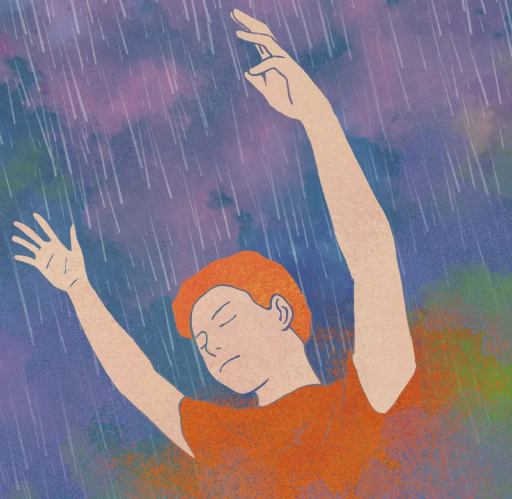
For the Win Reading Notes
Author:Ziming Wang
Contents
1. Subjective Talk
For the Win is a gamification theory book that focuses on how to use gamification thinking in everyday, business activities to make business products more attractive: the core of gamification is to help us find the fun in what we have to do, and to make the business attractive by making the process fun.
As a game developer, it’s hard for me to “read into” this book - there’s very little about creating games, but it does give me some inspiration: ideas for gamifying life’s affairs.
2. Learning from the Past
Gamification achieves more display goals by creating fun
Thinking in a planned and directed way to have fun is called gamified thinking Association: self-discipline is a wonderful quality that leads to excellence. In the Internet era, people can hardly resist the temptation: the pushing sound of cell phones can easily take away our attention and reduce our study and work efficiency. Being able to stay focused and maintain self-discipline is the only way to become the master of time. But this is often a painful process: rest and play trigger the human brain’s reward mechanism, secreting dopamine to encourage us to play with our phones. If we can gamify the process of “developing self-discipline and building a self-disciplined life”, we can make our lives better.
How does gamification meet needs? 1. Motivation: How do you get value from the behavior being motivated? 2. Meaningful choices: Are all the target activities you set interesting? 3. Structure: Can the expected behavior be modeled by a fixed program? 4. Potential conflicts: Can the game avoid conflicts with existing incentives? For example, we can allow players to adopt plant seedlings, and each time they complete a self-discipline task, they can get a light value according to the difficulty of the task, and the seedlings can grow after getting light and will be permanently kept in the showroom after growing up. If the self-discipline fails, acid rain will fall on the plant, and the plant will lose its life value when it receives the acid rain and will wither and die if its life value is 0. If it does not die, it will also remain in the showroom permanently after it grows up (but there will be traces of acid rain damage); players can click on the plant in the showroom to see all the self-discipline tasks completed to complete this plant.
Self-determination theory: Humans are more focused on their own internal needs, which are divided into three main categories: competence needs (the ability to actively deal with the external environment), relationship needs, and autonomy needs (people’s innate mission). Associations: Self-discipline is an inherent need of people, everyone needs the self-discipline to be the master of time, and it would be a good design if we can share self-discipline with others, but it is not considered at the moment.
Design of Feedback: 1. Users want unexpected surprises: Informational feedback can improve users’ autonomy and self-reported intrinsic motivation 2. Users want feedback on how they “are doing”. 3. Users can adjust their behavior according to the provided criteria.
Meaning of points (scores): 1. effective scorekeeping 2. determine winning status 3. build a link between game progress and external rewards 4. provide feedback 5. be a way to externally display user achievements 6. provide analytical data for game designers
The significance of achievements (badges): 1. Badges can provide a direction for players to work towards 2. Badges are a way to communicate what players care about and how they are performing. They are a visual marker of a player’s reputation, and players will often show others what they are capable of through the badges they have earned.4 Badges are a virtual identity ring, an affirmation of a player’s journey in a gamified system.5 Badges can be used as group markers, and once a user has earned a badge, he or she will identify with other individuals or groups who have the same badge.
Battelle distinguishes users into 4 types: achievers, explorers, socializers, and killers.





